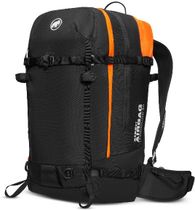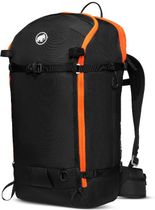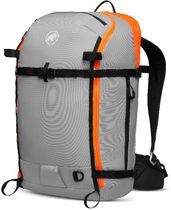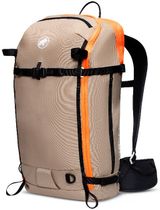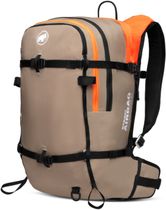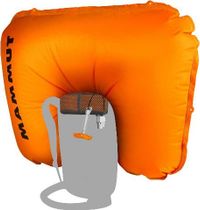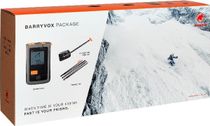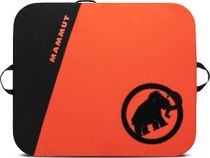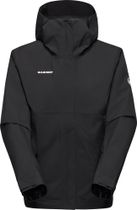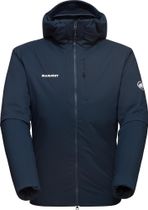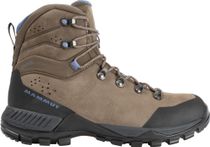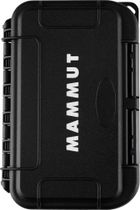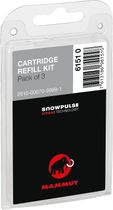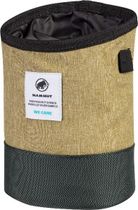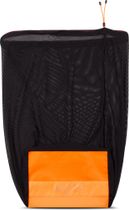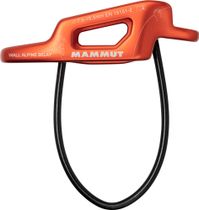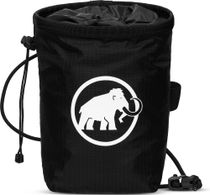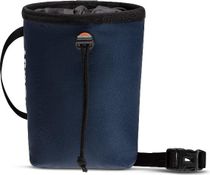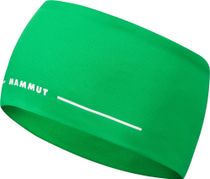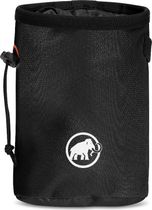Mammut
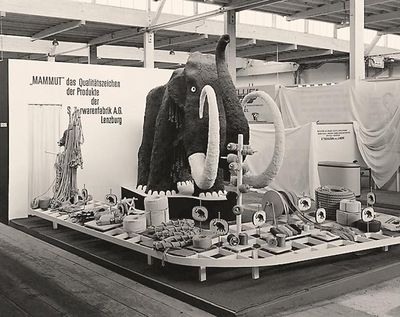
From a ropery to a complete alpine equipment supplier
The beginnings of Mammut go back to 1862, when Kaspar Tanner, a rope maker, began working in the Swiss town of Dintikon, between Zurich and Basel, after completing his apprenticeship. The ropes were twisted and tensioned in front of his shed. In the 1940s, a separate product segment for high-quality mountain ropes was created. These were awarded a seal of quality which showed a mammoth. This was the birth of today's company logo.
In 1978, Mammut jackets and trousers were launched in cooperation with Gore-Tex, before a complete collection of clothing and sleeping bags was introduced in 1981. Three years later, Mammut developed the first softshell trousers and presented a comprehensive climbing collection with clothing, carabiners and climbing harnesses. Backpacks were also produced from 1989 onwards.
With the introduction of the Mammut Extreme line in 1995, the brand finally established itself as a full-range supplier in the outdoor sector - from hardware to clothing. The characteristic colors of the collection, orange and blue, can still be found in the collections today. This also applies to the high functionality and quality of the products, which are developed in cooperation with top alpinists.
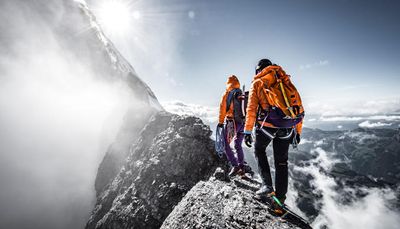
High-tech products for mountaineers
It all started with ropes. And even today, Mammut still produces high-quality mountaineering and climbing ropes. However, the product range has now expanded considerably and now ranges from outdoor clothing and hiking boots, backpacks and bags to climbing equipment, avalanche equipment and sleeping bags.
Mammut develops its own technologies to make the products as functional as possible. In garments with Phase Weave Technology, for example, various material properties are seamlessly integrated into one fabric. This not only offers a high level of wearing comfort, but thanks to Body Mapping, also optimized functionality in every body zone. Georganic 3D Technology also ensures maximum freedom of movement. With a Y-shape pattern, the fit mimics natural movements and therefore does not restrict vertical movements. This technology is also found in the new Urban collection Delta X.
Mammut hiking boots are equipped with an integrated spring steel sole that is flexible in the longitudinal direction. This Flextron Technology supports a correct rolling movement, improves the foot position and helps to improve sure-footedness even on uneven ground.
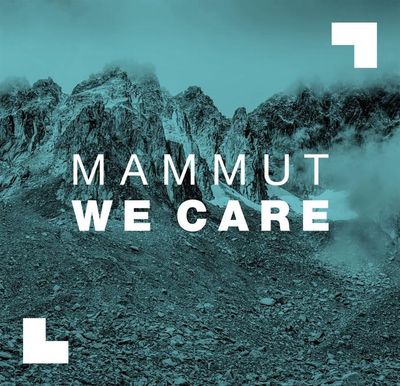
We Care
As a Swiss premium brand, Mammut also has the ambition to produce responsible outdoor products. The motto "WE CARE" therefore covers the four areas of Clean Production, Animal Welfare, Reduced Footprint and Ethical Production. The aim is to use clean manufacturing processes to produce products from carefully tested, high-grade raw materials that meet high quality and sustainability standards.
In order to protect the environment, Mammut is working to completely eliminate the use of harmful perfluorinated and polyfluorinated chemicals in the coming years. By 2019, 80% of clothing will already be PFC-free. The company's Restricted Substance List (RSL) contains other environmentally harmful chemicals. These substances may only be used to a limited extent up to a safe threshold value. As a bluesign® system partner, Mammut is also subject to strict guidelines in the manufacturing process. By 2025, 95% of all sleeping bags, backpacks, bags and clothing should be certified as bluesign products.
Mammut also pays attention to responsible, species-appropriate animal husbandry when using animal raw materials. Certified animal welfare standards such as the Responsible Wool Standard (RWS) or the Responsible Down Standard (RDS) are used for this. As an alternative to RDS certified down, Re:Down also uses recycled down. To minimize the ecological footprint, other recycled materials such as polyester are also used. Furthermore, all cotton products are to be made from organic cotton by 2025. Articles marked with "bioRe® sustainable textiles" are not only made of organic cotton, but are also CO2 neutral and can be traced back to the farmers along the entire supply chain with the sewn-in traceability code.
Mammut was the first outdoor brand to join the Fair Wear Foundation in 2008. The FWF aims to systematically improve the working conditions at the production sites and thus ensure fair and secure jobs.
(Photos: Mammut)


